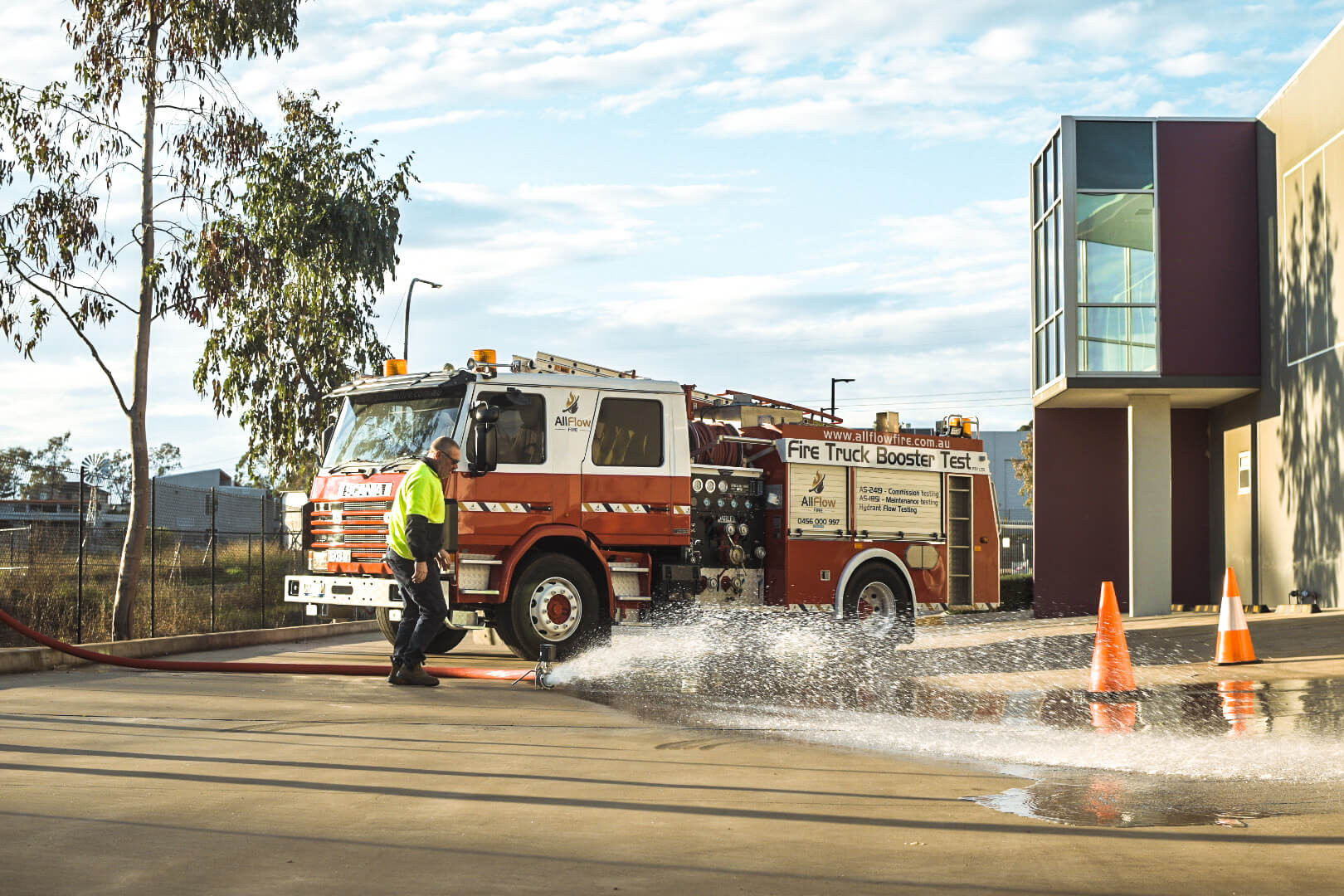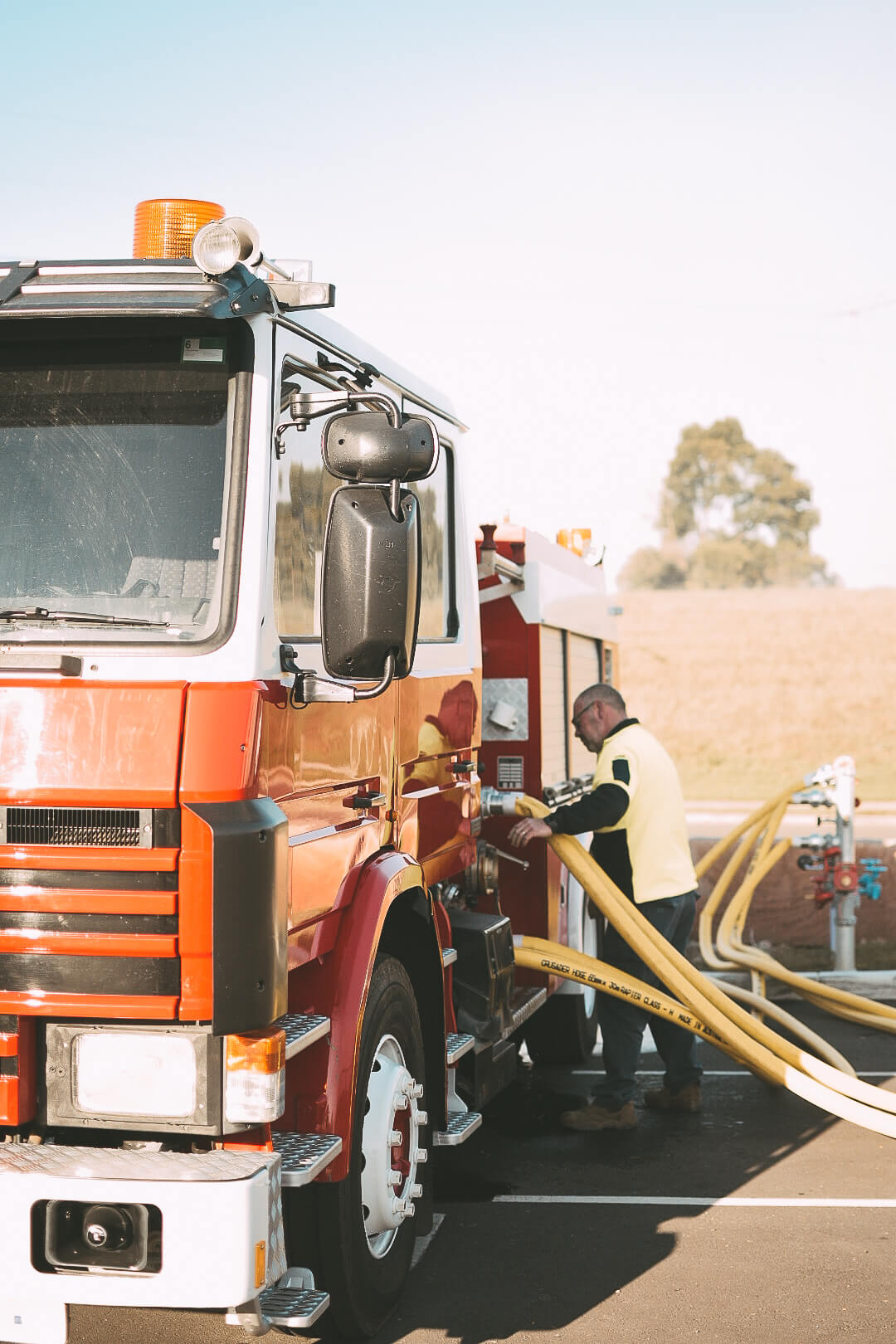A Comprehensive Overview Regarding Fire Hydrant Inspection & Maintenance:
Fire hydrants play an important role in protecting lives and property throughout fire emergency situations. Routine inspection and also maintenance of fire hydrants are important to guarantee their ideal performance. In this guide, we will certainly provide you with in-depth steps as well as guidelines for inspecting as well as preserving fire hydrants. From understanding the components of a fire hydrant to performing routine inspections and also attending to typical concerns, this short article will equip you with the understanding to maintain fire hydrants in superior problem.
Fire hydrants are necessary fixtures used by firemans to accessibility water for fire suppression functions. They include numerous elements, consisting of the main shutoff, running nut, drainpipe valve, as well as hydrant body. Comprehending the composition of a fire hydrant is critical for reliable inspection as well as upkeep.
Relevance of Routine Inspection and also Upkeep
Regular inspection as well as maintenance are essential to make certain fire hydrants are in correct working order when emergency situations take place. Neglecting upkeep can result in lowered water circulation, valve breakdowns, as well as various other concerns that might impede firefighting initiatives. By sticking to a regular inspection as well as upkeep timetable, you can proactively identify as well as deal with any type of problems that may arise.
Fire Hydrant Inspection
Performing comprehensive inspections is critical to determining prospective troubles as well as guaranteeing the operational preparedness of fire hydrants. Adhere to these steps for a thorough fire hydrant inspection:
Pre-Inspection Preparation
Prior to starting the inspection, ensure you have the essential devices and also safety and security devices. This might include a wrench, pressure scale, lubricating substance, and appropriate personal safety tools (PPE). It's vital to focus on security during the inspection procedure.
Aesthetic Inspection
Start the inspection by performing an aesthetic examination of the fire hydrant. Search for any noticeable signs of damages, rust, or leaks. Examine the surrounding location for blockages that may hinder gain access to throughout an emergency. Look for any signs of meddling or vandalism, such as damaged locks or signs of break-in. Keep in mind any observed issues for more examination and activity.
Running Nut and also Cap Inspection
Next, concentrate on the operating nut and cap. Look for any signs of damages or wear. Guarantee they are effectively protected and very easy to get rid of. The operating nut must turn smoothly with no too much resistance or grinding sounds. Oil the operating nut threads with an appropriate lube to guarantee smooth operation. Regular lubrication helps stop rust as well as corrosion, ensuring the nut continues to be easy to turn.
Key Shutoff Inspection
The primary shutoff is an essential component of the fire hydrant. Examine it for any type of leakages or indicators of corrosion. Look for water infiltration or rust around the shutoff body. Open up as well as close the shutoff to guarantee it runs smoothly. Observe if the shutoff totally closes without any residual leaks. Note any type of difficulties or problems experienced during this process, such as extreme force required to run the shutoff or the shutoff getting embeded the open or closed placement.
Water Drainage System Inspection
The drain system of a fire hydrant plays a crucial function in protecting against water buildup and freeze damages during winter. Examine the drainpipe shutoff for appropriate capability. Ensure it opens fully and shuts tightly. Examine the drain shutoff by opening it briefly to release any collected water. Watch for any leakages or signs of blockage in the water drainage system. If you notice any type of problems, such as insufficient drain or leakages, consider contacting a professional to resolve the problem immediately.
Circulation Testing
Routine circulation testing is important to evaluate the water circulation from the fire hydrant. This examination aids establish if the hydrant is capable of delivering the called for flow rates for firefighting objectives. Carrying out a circulation test calls for customized devices and also knowledge. It is recommended to entail specialist assessors or the regional fire division to perform this examination precisely. They will certainly determine the circulation rate and also stress of the hydrant to guarantee it satisfies the needed requirements.

Fire Hydrant Upkeep
Regular maintenance is necessary to keep fire hydrants in optimal problem. Right here are essential maintenance jobs that must be performed:

Clearing Up Debris as well as Obstructions
On a regular basis examine and get rid of the area around the fire hydrant to get rid of any type of particles or obstructions that might impede its gain access to throughout an emergency. Ensure that there are no overgrown plants, trash, or any various other objects obstructing the hydrant. Trim plant life around to supply easy presence as well as accessibility for firemans.
Lubrication of Relocating Parts
Applying lubricant to the relocating components of the fire hydrant assists make sure smooth operation and stops deterioration. It is recommended to lube the operating nut, primary shutoff, and also other moving elements at least annually or based on supplier's referrals. Utilize a lube specifically developed for fire hydrants and adhere to the guidelines given.
Repairing or Replacing Damaged Parts
If throughout the inspection or routine maintenance you find any kind of broken or defective elements, it is critical to address them quickly. Replace worn-out or broken parts to recover the performance of the fire hydrant. This may consist of changing damaged gaskets, seals, bolts, and even the primary shutoff. Always use top quality replacement components that follow the maker's specs.
Painting and Marking
On a regular basis check the paint and also markings on the fire hydrant. Gradually, climate condition and also general damage can cause the paint to fade or chip. Repair any discolored or damaged paint using a fire hydrant-approved paint that complies with the maker's guidelines. Additionally, ensure that the fire hydrant is effectively classified as well as marked with the needed info, such as its operating stress as well as circulation capability. Clear and also visible markings aid firefighters situate and also utilize the hydrant efficiently throughout emergencies.
Usual Fire Hydrant Issues and also Troubleshooting
Understanding typical problems that can emerge with fire hydrants allows you to troubleshoot and also address them promptly. Here are some usual problems and their possible solutions:
Leakages and Water Seepage
Leaks or water infiltration around the hydrant might suggest defective gaskets, harmed more info valves, or scrubby seals. Inspect and fix or change the affected parts as required.
Stuck or Difficult-to-Operate Valves
Shutoffs that are stuck or hard to run might be caused by particles buildup or deterioration. Completely tidy the valve and also use lubricant to recover smooth operation.
Damage to Hydrant Elements
Damages to hydrant components, such as a busted operating nut or harmed main shutoff, can hinder the functionality of the hydrant. Change the broken parts to guarantee correct operation.
Insufficient Water Flow
Inadequate water flow from the hydrant can be brought on by blockages, valve breakdowns, or not enough water pressure. Investigate the concern and take suitable actions to restore the needed flow.
Often Asked Concerns
Just how frequently should fire hydrants be inspected?
Fire hydrants need to be checked at least annually. Nonetheless, in locations with severe environmental conditions or high fire threat, more frequent inspections might be necessary.
Can I carry out fire hydrant inspections myself?
While standard visual inspections can be done by qualified individuals, it is recommended to entail expert inspectors for more detailed assessments and also flow testing.
What should I do if I notice a harmed fire hydrant?
If you experience a damaged fire hydrant, report it to the suitable authorities or the neighborhood fire department promptly. Do not try to fix or replace the hydrant yourself.
Why is water circulation testing crucial?
Water flow testing ensures that fire hydrants can provide the required flow rates for firefighting procedures. It assists identify any blockages or issues that may hamper water shipment.
Final thought:
Normal inspection and also upkeep are essential for the efficient operation of fire hydrants. By complying with the actions laid out in this overview and also without delay addressing any kind of issues, you can make certain that fire hydrants prepare to serve their vital role in safeguarding lives and also property throughout fire emergencies. Keep in mind, a properly maintained fire hydrant can make a significant distinction in reducing the effect of fires and also protecting areas.